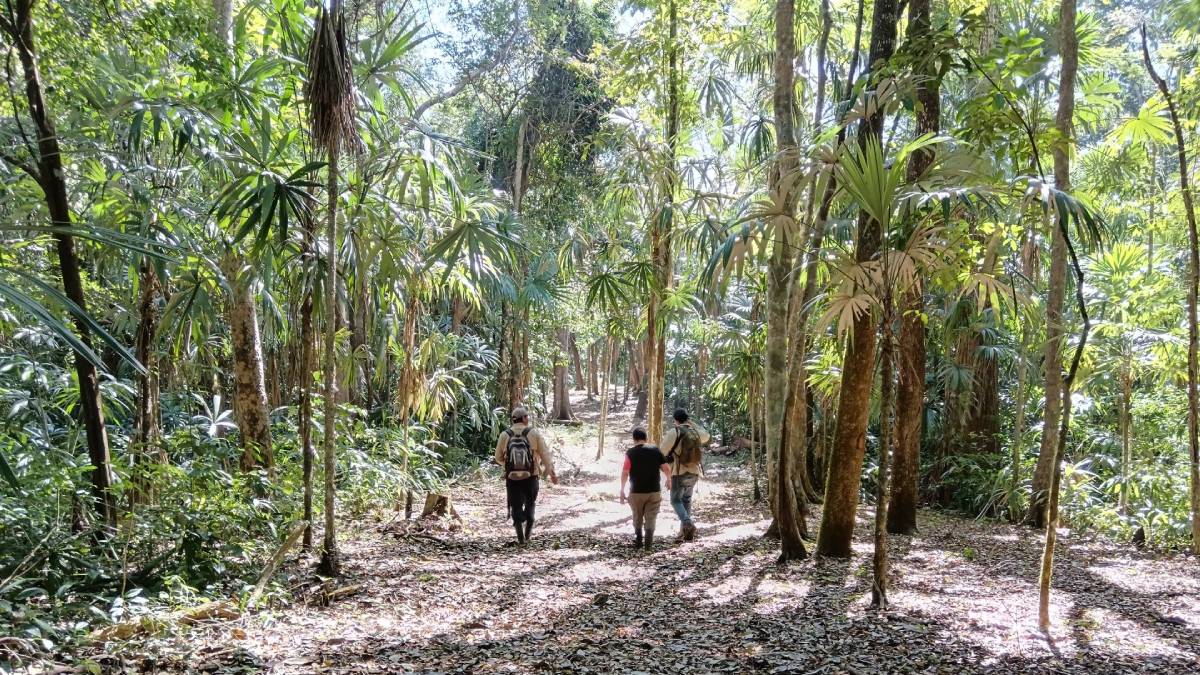Grupo HAME is funding two distinct programmes, implemented with technical support from Solidaridad and Guatemala’s National Council of Protected Areas, to safeguard nationally and internationally relevant ecosystems, high-value archeological sites and iconic species. These two efforts from the Wildlife Conservation Society (WCS) and Asociación Balam also prioritize the participation of local community organizations in ecological restoration within the Maya Biosphere Reserve (RBM) and other protected areas in southern Petén.
This work rectifies non-compliance with RSPO standards and offsets environmental impacts from land clearing. More importantly, it creates a replicable public-private partnership model where sustainable production and conservation go hand in hand.
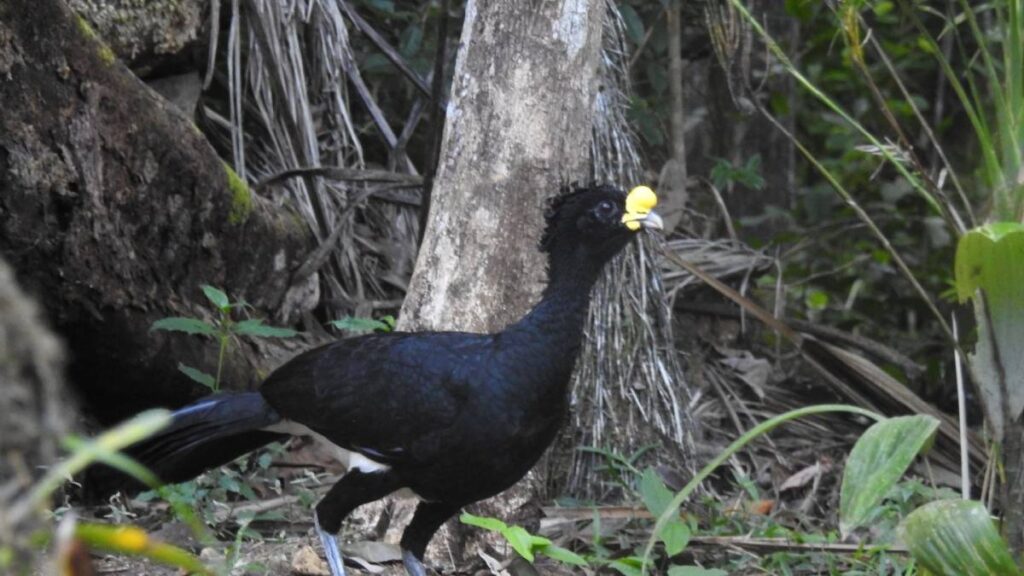
WCS in Laguna del Tigre National Park: Every hectare protected is a triumph
Efforts towards species conservation are focused on strengthening protections for keystone species, like jaguars and scarlet macaws, through systematic population monitoring. In 2024, efforts maintained healthy populations, with a Reproductive Success Index of 1.41 for macaws, indicating at least one fledgling per nest and demonstrating wild population recovery.
In addition, WCS worked with government agencies to combat forest fires, protecting 14,631 hectares of critical habitat and addressing 12 fires in 2024. Law enforcement actions were also enhanced, with 48 joint patrols (CONAP, DIPRONA, Guatemalan army) conducted across 425.32 kilometers. This safeguarded 15,000+ hectares from illegal logging, cattle encroachment and poaching. Additionally, advanced technology for early threat detection was deployed.
“Every fire prevented, every patrol completed, every hectare saved is a step toward a future where conservation is central to development.”
Vinicio Morales, compensation projects manager for WCS
Finally, WCS supported the awarding of the La Corona-El Morgan concession to the community organization ASOSELVA MAYA (San Andrés, Petén), advancing community-led sustainable forest management in the Mayan Biosphere.
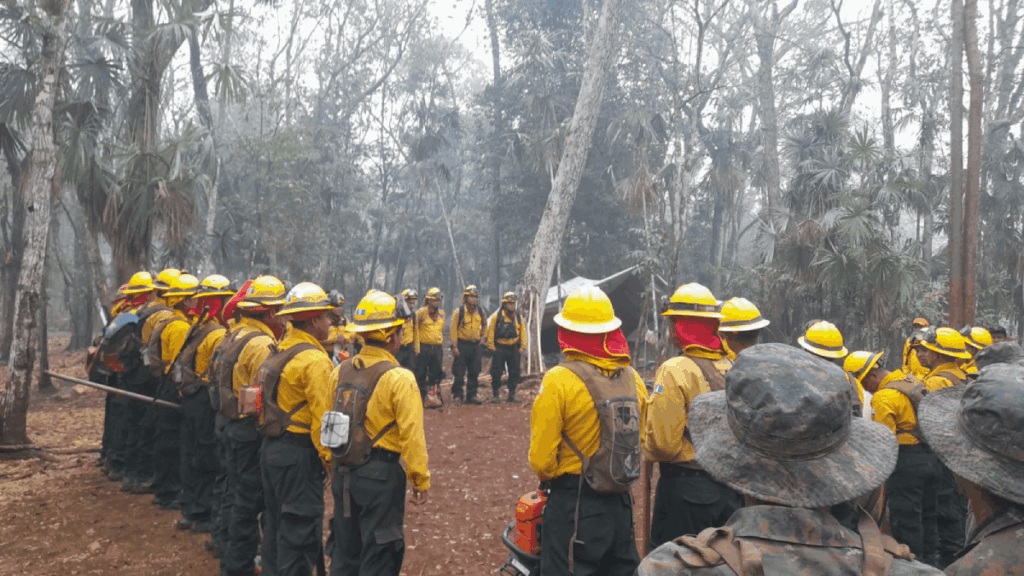
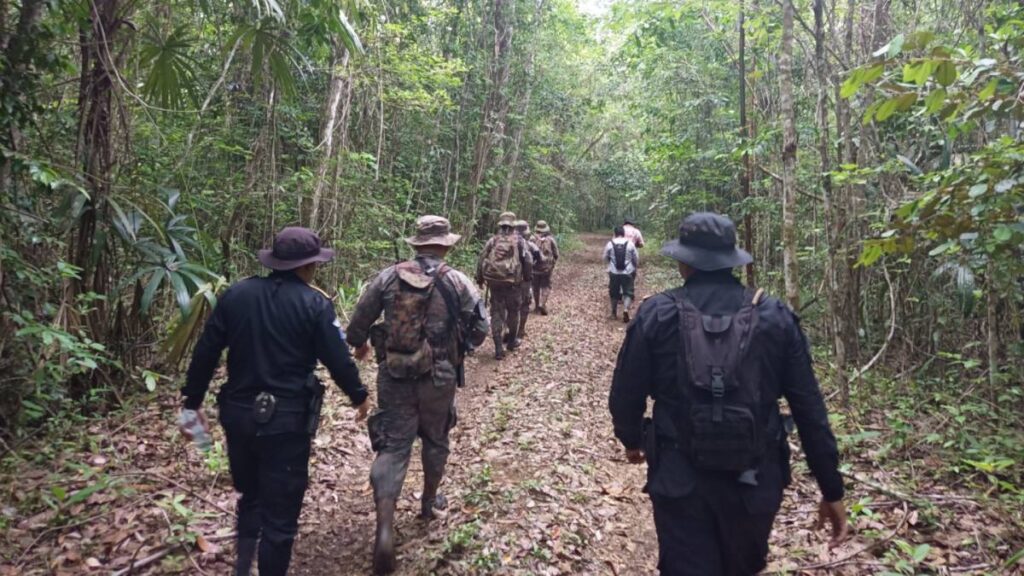
Asociación Balam in the Xutilha Wildlife Refuge: Moving from forest exploitation to stewardship
Reforestation efforts successfully established 75 agroforestry systems (native trees, cacao, cardamom) and nurseries producing 200,000 native plants/year, representing 15 different species.
BALAM supported more than 30 women in microenterprises (pig/chicken farming) across three communities, serving to both reduce pressure on forests and create alternative livelihoods.
Trust was built through dialogue, enabling a community-based conservation management system. Through this system, 700+ kilometers of patrols were conducted, monitoring biodiversity and threats across 3,500 hectares of community forests.
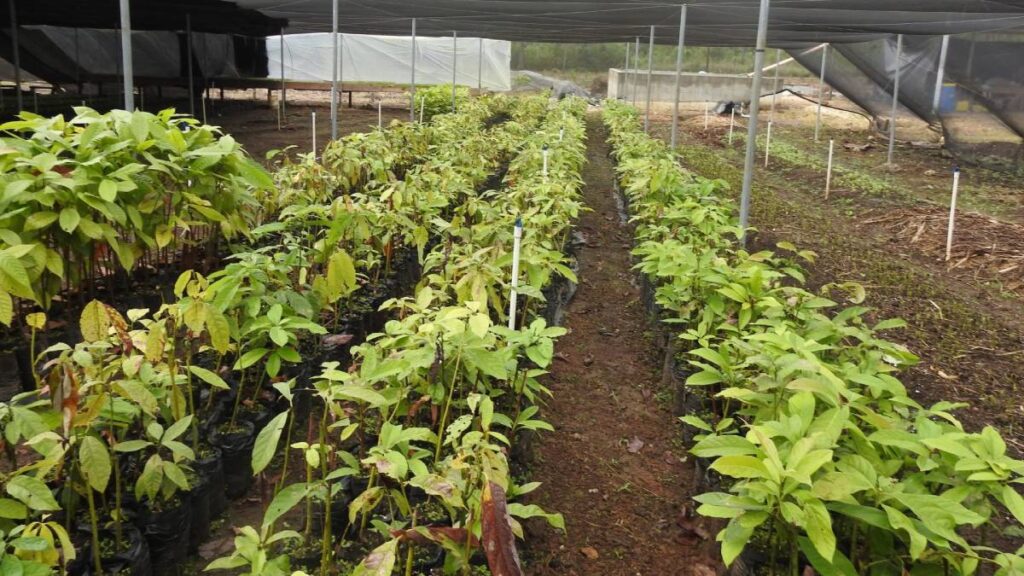
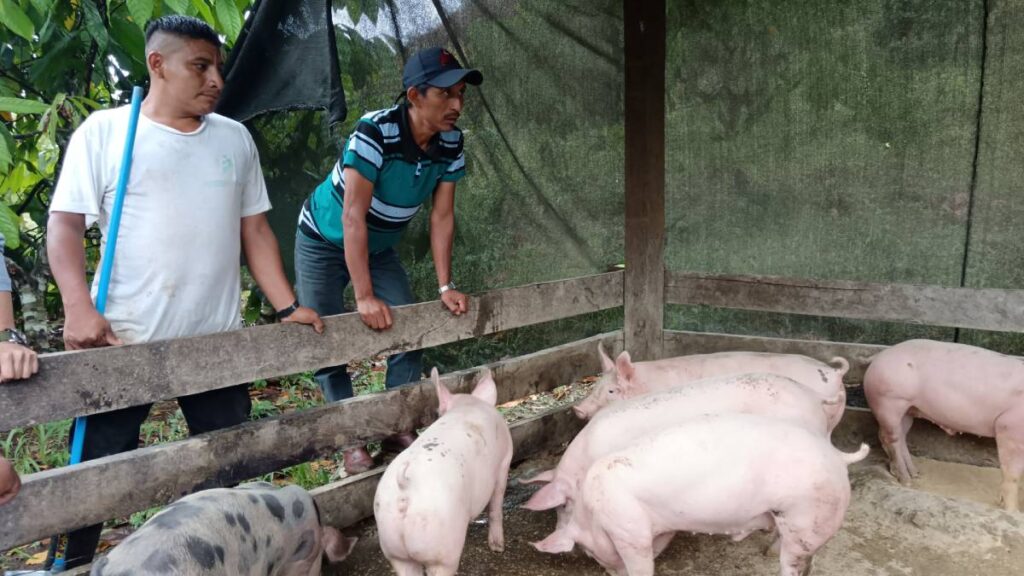
Key components and challenges
The projects rest on four pillars, each with unique challenges requiring innovative, collaborative solutions:
- Environmental protection – Patrols and early-fire detection systems to curb deforestation.
- Biological monitoring – Tracking jaguars, macaws and other flagship species.
- Ecological restoration – Rehabilitating 250 degraded hectares via reforestation/agroforestry.
- Community engagement – Promoting sustainable economies and local governance.
Challenges: Illegal cattle ranching, land invasions, climate change and ensuring long-term community buy-in demand adaptive strategies, from satellite technology to equitable economic benefits.
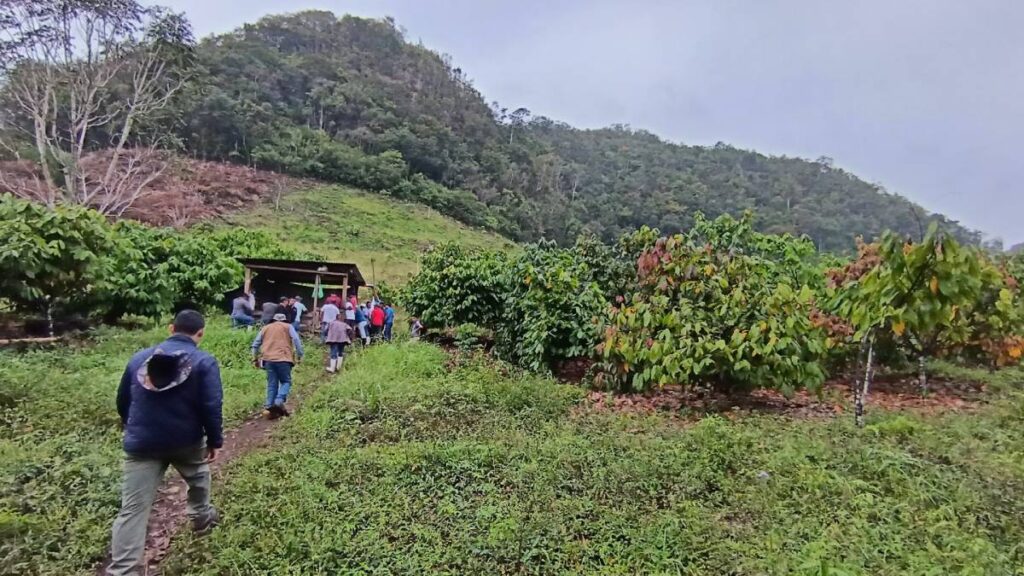
Successful conservation with communities at the core
After two years of work, this RSPO-aligned model proves once again that merging science, private investment, civil society organizations and local knowledge yields scalable impacts:
- Synergies: Biological monitoring guides restoration, while community brigades bolster protection.
- Innovation: Satellite-based fire alerts blend tech with traditional knowledge.
- Governance: Public-private coordination forums enable real-time strategy shifts (e.g., budget reallocations for fire control).
“Access to a biodiverse nature is a fundamental right, not a privilege. This shared vision unites communities, companies and the government, making our alliance a conservation model with tangible results.”
Jossue Brenes, palm programme manager, Solidaridad Central America
By creating virtuous cycles between conservation and development, prioritizing transparency and recognizing communities as active leaders, not just beneficiaries, this initiative scales solutions that ensure long-term sustainability for both ecosystems and livelihoods.

